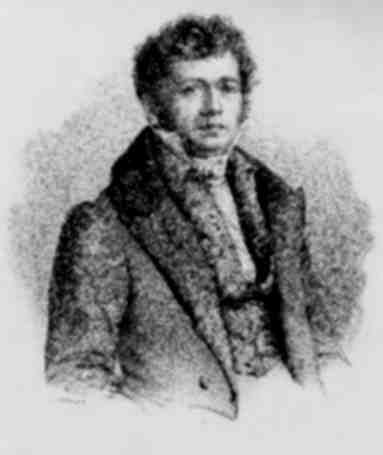Name Johann Noggerath | ||
 | ||
Johann Jakob Nöggerath (also as Johann Jacob Noeggerath) (October 10, 1788 – September 13, 1877), German mineralogist and geologist, was born at Bonn.

In 1814-1815 he became a commissioner of mines for some of the Rhine provinces, and in 1818 became an associate professor at the newly established University of Bonn. In 1821 he was named a full professor of mineralogy and mining sciences at Bonn, where he also served as director of the university's natural history museum. He obtained a very fine collection of minerals for the museum, was eminently successful as a teacher, and achieved a wide reputation among mining engineers.
The following are his more important publications:
The Carboniferous plant Noeggerathia, allied to the genus Zamia and to cycads, is named after him, as is the lunar crater Nöggerath. He died at Bonn.
